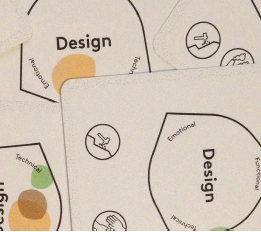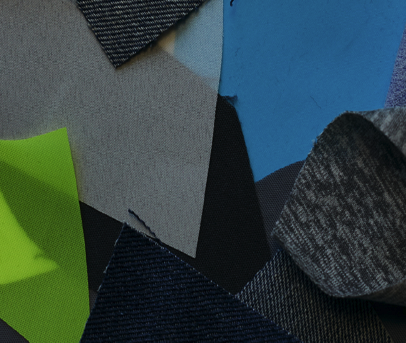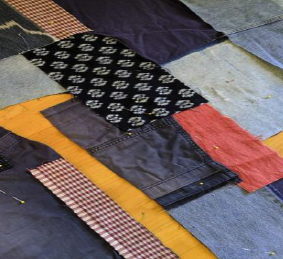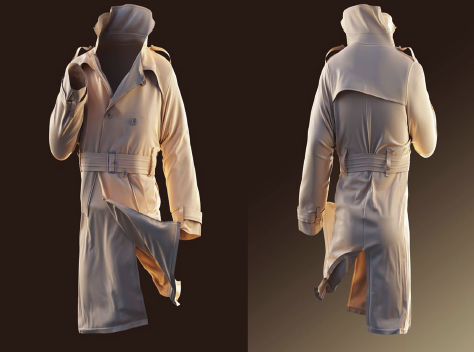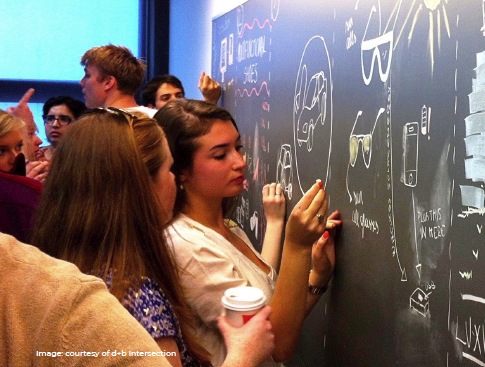Forecasting and market analysis techniques
Developed for non-aesthetic applications and function oriented, technical textiles market has been on the radar for the past several years, given its high growth potential and capacity for job creation. The market is making rapid advances with about 60% of products across the globe produced with fibers that were not marketed five decades ago. Industrial textiles are designed to [...]
Plasma treatment in textile industry
Plasma treatment of textiles is considered as an eco technology, since it is used in functionalizing different materials in a dry state without/with minimum added chemicals in relatively short time Unlike conventional wet and chemical processing, plasma treatment does not require the use of solvents or water, and it is a non destructive technology overall. [...]
Contextualizing sustainable textile product design
This resource considers ways to actively engage with sustainability in the context of design using the card decks Sustainable Design Cards and Material Pathways. While the specific content of the cards will be described in the section ‘Sustainable Design Cards and Material Pathways’, the outset of the development of the resources was a need to [...]
Textile recycling technologies
Textile fiber recycling may be performed via mechanical or chemical recycling, the latter being less commonly used since it still represents a scenario under development: available solutions may require further perfecting, or not be economically convenient, or suitable, yet, for XL volumes, as the market may require. Recycling processes via thermomechanical means frequently results in a loss of mechanical properties [...]
Upcycling & sustainable based thinking in product design
Research is a very important process for the design of a product. Having the knowledge of what are the needs and being able to depict this [knowledge] following a sustainable thinking, is more probable to thrive as an act. nowadays. Since the textile industry is one the most harmful industries towards the environment and the [...]
Virtual prototyping & used tools
More than ten years ago, academic research opposed towards the clothing and textile industry for their lack of of effective garment-oriented CAD packages to design directly in 3D and simulating the behaviour of the product in use. Due to the growth of demand for sustainability, e-commerce, mass customization and advances of virtual reality applications, the digitization of the garment [...]
Visual Thinking to find Business Opportunities.
Visual Thinking is a methodology that uses images symbols, sketches, drawings, pictures, diagrams and even physical models to expedite the understanding of a subject, for the creation of media content and creative problem solving. With this OER we invite students to experience the dynamics of visualization to spark their imagination, ignite creative thinking, map-out challenges, envision solutions and find [...]
Wearable Textile System
Wearables, initially stated as “wearable computing” can be considered as “the study or practice of inventing, designing, building, or using miniature body borne computational and sensory devices. Wearable computers may be worn under, over, or in clothing, or may also be themselves clothes” (Steve Mann, 2012) Placed in between the digital and human world wearables have the potentialities [...]


